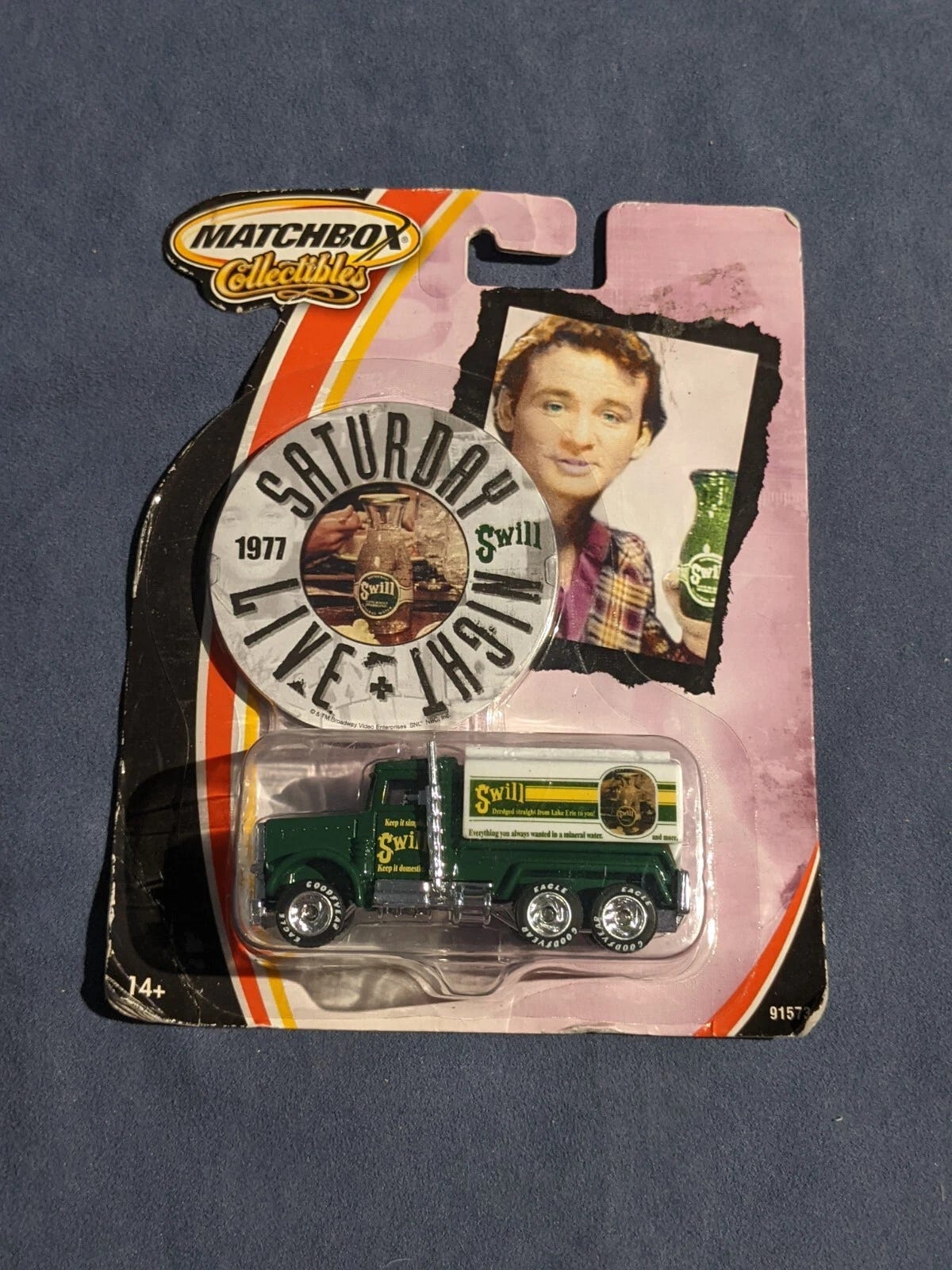Hello friends,
My personal update is short and sweet: I am now a mother-in-law. My eldest son tied the knot on June 6 in a lovely garden ceremony. Arizona-based family joined us in North Carolina and we played cards, had a cookout, and sorted through a big box of family photos. Oh, the memories—remembered and made!
Life is short, my friends. Give love the room it needs to overcome your fears.
June has always been a month of thresholds—marriages, migrations, and moments that ripple outward. One such moment happened fifty-six years ago, when a river caught fire and Americans could no longer look away.
On June 22, 1969, the Cuyahoga River in Cleveland caught fire for at least the thirteenth time. That blaze gained national attention—especially after Time magazine published dramatic photos (actually from the 1952 fire) and highlighted it as a symbol of unchecked industrial pollution.
What does this have to do with the Ohio River? The Cuyahoga fire became a tipping point for public awareness. It wasn’t the largest fire, or the most destructive—but it was the one America saw. And it helped spark a movement that culminated in the Clean Water Act of 1972.
The Ohio River, running through the heart of the country’s manufacturing corridor, never made headlines for catching fire, but it was every bit as polluted. Its legacy was slow violence: toxic water, chronic illness, ecological collapse—and a long path toward repair.
This month’s quiz explores the murky legacy of Ohio River pollution.
But first, let’s go down Memory Lane with this SNL skit for Swill Water, with pitchman Bill Murray. (Swill is reputedly sourced from Lake Erie).
Note to my fantastic new subscribers:
Monthly trivia is for sport. It’s not a test of intelligence or character. I couldn’t answer these questions without a significant amount of research, either! Do your best and enjoy learning something new.
QUESTIONS
Answers in the footnotes. Have fun (despite the subject matter)!
True or false? Matchbox once sold a Swill Water delivery truck toy.1
How did the environmental crises of the Cuyahoga and Ohio rivers differ in terms of public impact and perception? More than one applies.2
The Cuyahoga River caught fire multiple times, becoming a national symbol of pollution.
The Ohio River was less polluted than the Cuyahoga and received little attention.
The Ohio River suffered chronic industrial and sewage pollution but lacked a dramatic event to trigger public outrage.
Both rivers experienced visible and dangerous pollution, but only the Cuyahoga catalyzed federal environmental reform.
Which of the following factors help explain why the Cuyahoga River caught fire while the Ohio River did not, despite both suffering significant industrial pollution? More than one may apply.3
The Cuyahoga's lower stretch is slow-moving and canal-like, allowing flammable substances to accumulate.
The Ohio River's faster current and larger volume dispersed pollutants more effectively.
The Cuyahoga passed directly through dense clusters of oil refineries and steel mills.
The Ohio River was better regulated and kept cleaner during the industrial era.
Which of the following statements accurately describe historical and current restrictions on swimming in the Ohio River? Choose more than one answer.4
In many industrial-era cities, swimming in the Ohio River was banned or strongly discouraged due to health risks.
The Clean Water Act immediately made all sections of the Ohio River safe for recreational use.
Combined sewer overflows (CSOs) still lead to modern-day swimming advisories after heavy rain.
ORSANCO (The Ohio River Valley Water Sanitation Commission) and local agencies have continued to monitor bacteria levels and advise against swimming in certain areas.
What were typical forms of industrial waste discharged into the Ohio River before the 1970s? Choose as many as apply.5
Heavy metals
Oil and grease
Plastic pellets
Slaughterhouse refuse
How can pollution from a small industrial spill—like one near Union Carbide’s Institute, West Virginia plant in 1985—ultimately affect the Ohio River, even if toxins aren’t dumped directly into it? More than one applies.6
The chemicals can travel through connected creeks and tributaries that feed the river
Rainfall and groundwater flow can carry pollutants downstream over time
Some pollutants may settle in soil or sediment but later remobilize during storms or floods
The Ohio River watershed includes many smaller waterways that drain into it
You may have missed the 2019 film, Dark Waters. Based on a true story, the film follows Rob Bilott, a corporate defense attorney (played by Mark Ruffalo) who takes on an environmental lawsuit against DuPont. The case centers on decades of PFAS pollution in Parkersburg, West Virginia, where DuPont knowingly released toxic chemicals, evaded regulation, and spread PFAS globally—into drinking water, bloodstreams, and ecosystems. For the record, PFAS is the entire chemical family, while PFOA is one (very toxic and infamous) member. Which of the following elements depicted in the film Dark Waters are factually accurate? More than one applies.7
DuPont classified PFOA as proprietary and did not inform regulators of its environmental impact
The plant’s smokestacks regularly emitted PFOA-containing dust, contributing to air pollution downwind
The EPA had already banned PFOA by the time Rob Bilott filed his lawsuit
Blood testing revealed that nearly the entire local population had PFOA in their systems
Which pollution incident is generally regarded as the worst single environmental disaster on the Ohio River during the 20th century?8
The 1964 barge explosion and oil spill near Owensboro, Kentucky
The 1988 Ashland petroleum tank spill that contaminated the Ohio River and Pittsburgh’s drinking water
The 1950s mass fish kill near Cincinnati due to raw industrial sewage discharges
The 1977 toxic waste release from a chemical plant near Louisville, Kentucky, following a flood
Why does pollution in the Ohio River often spike after heavy rain? One of these answers is incorrect.9
Combined sewer systems overflow and release untreated waste into the river
Rainfall increases groundwater filtration, cleaning up the river
Stormwater runoff carries agricultural chemicals and animal waste into the watershed
Urban surfaces funnel oil, debris, and heavy metals into the river via storm drains
Which of the following factors contributed to the harmful algal bloom (HAB) that covered over 600 miles of the Ohio River in 2015? More than one is correct.10
Excess fertilizer and manure runoff from farmland
High summer temperatures and low river flow
Industrial oil spills from upriver plants
Heavy rainfall flushing nutrients into the river
Intermission (Good News!)
The Ohio River Way National Water Trail has been designated as a national water trail, joining the Lewis & Clark National Historic Trail as part of the National Trails System.

The Ohio River Way is a 308-mile water trail spanning sections of Ohio, Kentucky and Indiana. The route takes paddlers—kayaks and canoes as well as motorized watercraft—past small river towns and metropolitan centers like Louisville. Falls of the Ohio and gateway communities Jeffersonville, Clarksville and New Albany are an integral part of the Ohio River Way. Source.
ANSWERS
Absolutely true. Here it is on eBay.
Correct answers: A, C, D. The Cuyahoga fire of 1969 captured national attention, though both rivers were heavily polluted.
B is incorrect because the Ohio River’s pollution was widespread but lacked the same visual spectacle.
FYI here’s what happened after the 1969 Cuyahoga fire:
Public concern over environmental issues, fueled by the Cuyahoga River fire and other events, led to the first Earth Day in 1970 and the establishment of the EPA in December of that year.
The Clean Water Act (CWA), signed into law in 1972, set the foundation for water quality protection and regulation in the United States.
Correct answers: A, B, C.
D is incorrect because the Ohio River was not better regulated; it was simply less likely to ignite due to its scale and flow dynamics.
Correct answers: A, C, D
B is false: While the Clean Water Act improved conditions, many parts of the river remained unsafe for swimming for decades.
ORSANCO monitors bacteria levels and periodically recommends against contact recreation (swimming, water skiing, etc.), especially in high-risk areas.
Even today, not all stretches are classified as “fully supportive” of recreational use.
Today, some areas permit swimming (e.g., for triathlons or festivals), but caution remains the rule.
Events like the Ohio River Swim in Louisville occur under close monitoring, and many organizers require water quality clearance.
Correct answers: A, B, D because early pollution was more organic and chemical in nature.
Answer C is incorrect. Microplastics—especially nurdles—have become a growing concern in the Ohio River, marking a shift from legacy pollutants (e.g. heavy metals, PCBs) to a new generation of pervasive, persistent pollutants. Though just beginning to be tracked, they represent a stealthy but serious threat to river health and public safety.
ALL of these are correct. Pollutants often move invisibly through interconnected systems and can re-enter the water long after the original spill.
Only C is incorrect: The EPA had not yet banned PFOA when Bilott began the case; in fact, the lawsuit helped prompt future regulation. PFAS were used for decades to manufacture Teflon (nonstick coating) until 2015. Here’s the official trailer for Dark Waters.
B is the correct answer. Here’s what happened in 1988
A diesel tank rupture in Floreffe, PA (a Monongahela River tributary) released a massive volume of petroleum products. Some estimates indicate 510,000–860,000 gallons of diesel escaped into local waterways, eventually reaching the Ohio River
The spill caused widespread ecological damage:
Between 2,000–4,000 waterfowl died,
At least 11,000 fish were killed,
Dozens of miles of river shoreline became contaminated
When the pollutants entered the Monongahela and then the Ohio River, they contaminated drinking water for an estimated 1 million people, including 23,000 Pittsburgh residents who were left without water for a week
Cleanup proved difficult, especially due to winter conditions. Approximately 2.98 million gallons were recovered, but hundreds of thousands remained, continuing to pollute the rivers. The incident highlighted the need for stronger tank safety standards and emergency response protocols
Correct answers: A, C, D. Since rainfall generally worsens—not improves—water quality in the short term, B is incorrect.
Correct answers: A, B, D. While industrial spills are pollutants, this particular bloom was driven primarily by nutrient runoff and weather conditions, therefore, C (Industrial oil spills from upriver plants) is incorrect.
The bloom was driven largely by nitrogen and phosphorus from agricultural fertilizer and manure, flushed into the river by stormwater runoff. Source.
A pattern of early summer heavy rains, followed by hot, slow-moving conditions, created prime growth conditions for cyanobacteria. Source.
Six states issued warnings against swimming, fishing, or drinking untreated water, including portions of Ohio, Kentucky, and Indiana. Source.
Utilities like Greater Cincinnati Water Works took additional measures to monitor and treat for potential toxins. Source.
A broader report noted that Cincinnati spent approximately $7,700 more per day in September 2015 for additional chemicals to treat tap water and safeguard public health. Source.











